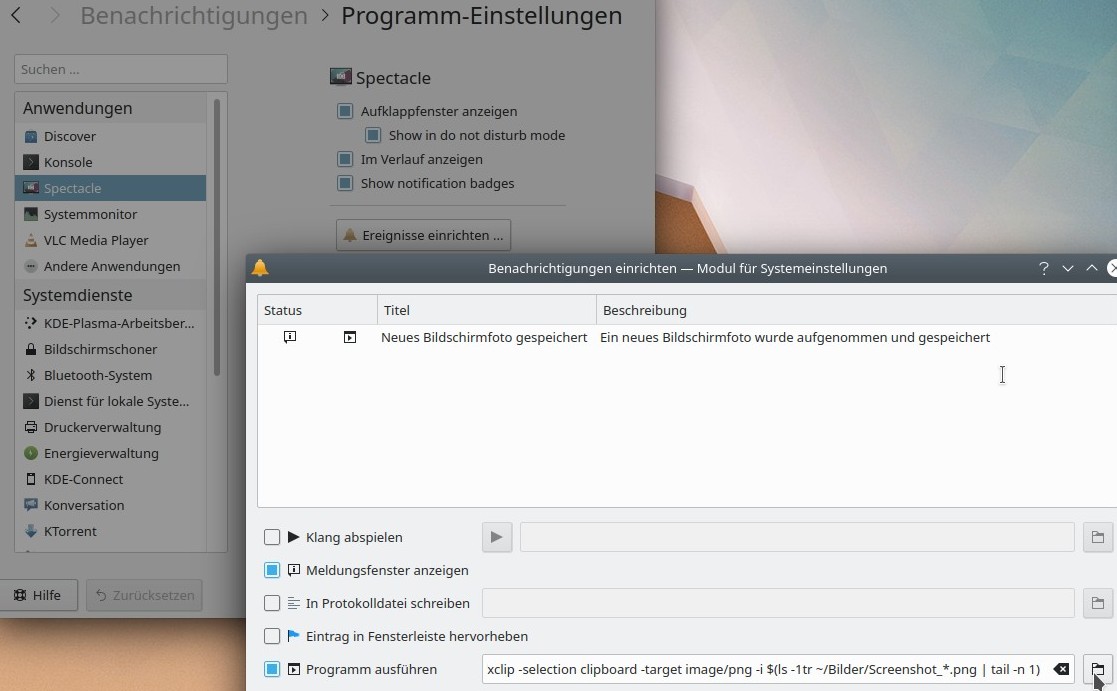
Vim uses named buffers that hold a string and your workflow is like this, you name a buffer and you copy to it and you paste from it.

I know that emacs has it's own registers.Įmacs's kill-ring is very different from vim buffers. > vim provides support for X-clipboard (several ones actually) via special registers + and *. Let's say you installed xclip.el, turned-on-xclip and then launched the gtk/gtk3 interface, what happens? xclip.el replaces the linbgtk copypaste functions with its own and all your interaction with X clipboard now goes via xclip (which from the user's standpoint is invisible and copypaste will just work). You need xclip only if you use -no-window-system interface.
#Xclipboard vs xclip install#
If you use gtk or gtk3 interface you have X Clipboard support via libgtk automagically, it just works so you don't need to install xclip. Tell me if it doesn't (or does) work for you. (xclip-select-text (current-kill 0)) this will pop whatever's on top of your kill ring onto X CLIPBOARD (kill-new (xclip-selection-value)) this will push what's in X CLIPBOARD into to the kill ring (insert-string (xclip-selection-value)) will insert X CLIPBOARD buffer's contents at cursor position in your current buffer bypassing the kill-ring All stuff here should be run via eval-expression (M-:) function since the best parts of Leo's xclip.el are non-interactive (if it tells you anything). (a little lyrical digression here, I just don't care enough about X buffers to make my own xclip.el). If you (like me) think that this X Clipboard interaction is annoying (I mean when your browser kill now yanks out of your kill-ring and vice versa) here are some things that you might find interesting. Play around with it, it should be the same as I wrote in previous paragraph. OK now if you do `M-x turn-on-xclip' you get pretty much the same behavior that the gui interface offers, your kill-* and yank functions are now connected to X CLIPBOARD buffer.
#Xclipboard vs xclip download#
Now you need the xclip.el written by an awesome guy with chinese name, either download it to your load path and require or autoload it or use a package manager like el-get (`el-get-install xclip' should do all of the needed work). It's probably in its own package so install it in whatever way your distribution provides installation facilities (in exherbo it's `cave resolve xclip -x'). Now if you have default emacs installation with nothing configured you don't have any connection to X CLIPBOARD and you have to use the external xclip program that does. Let's say you either run `emacs -no-window-system' or your emacs isn't compiled with gtk interface and you launch your terminal emulator program and when you run `emacs' you get: Shift-Insert (the PRIMARY X buffer) works as with all other gui software. Of course all these commands don't ignore the kill-ring so play around with it and yank-pop (M-y) function to figure out how it interacts with X buffer. Also there exists a dropdown Edit menu in case you can't remember the key mappings for killing and yanking. There you go, kill-* functions like kill-region (C-w) or kill-ring-save (M-w) will now push text to X CLIPBOARD buffer and you can Paste the text into your firefox (or whatever gui program you launched). Open something with gui face (like firefox), copy text form there (so a little later you can paste it into emacs to check if clipboard interaction works), then open a scratch buffer in emacs and yank the text (C-y). Well, the gtk emacs has access to X CLIBBOARD buffer via its kill-* and yank functions.
#Xclipboard vs xclip how to#
Your distro? you know how to find this out) and when you run `emacs' you should see something like this: configure option (on exherbo this is controlled by gtk and gtk3 package options respectively. Your emacs must be compiled -with-x-toolkit=gtk (or gtk3). Now go on.įirst of all there is a gtk version of emacs (there are two actually, gtk2 one and gtk3 one, but it makes no difference now). Next thing to note is that gui programs work with (copy and paste to) X clipboard, while the buffer that emacs uses to kill and yank text is called Kill Ring and it is emacs's OWN `clipboard' not connected and different from Xorg's one (that GUI programs use).


So if I say `yank the text' you can read it as `paste the text'. What gtk+/qt and other gui programs call pasting emacs calls yanking, cutting is killing and copying is kill-saving. I never thought that copying and pasting are as huge problems as I heard from people recently.


 0 kommentar(er)
0 kommentar(er)
